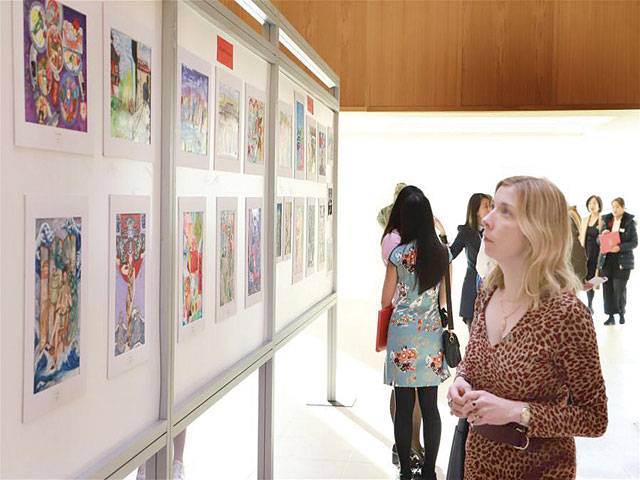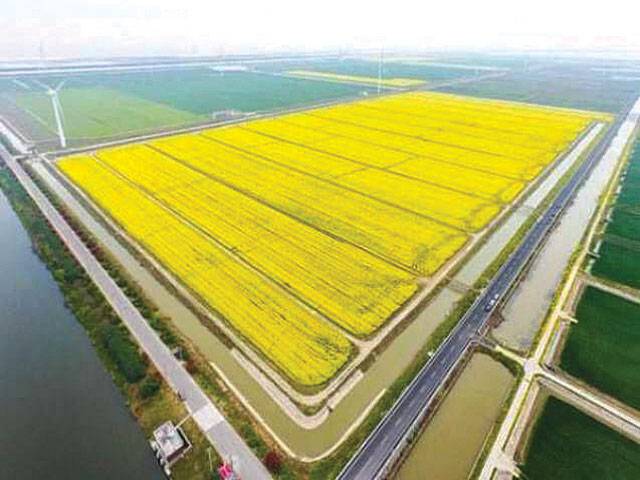DUBLIN - An award ceremony of a painting competition aiming to promote a better understanding of China among Irish primary and secondary school students was held here on Sunday. Named “China in My Eyes Art Competition”, the event is co-organized by Confucius Institutes of University College Dublin (UCD) and University College Cork (UCC) with the support from the Chinese embassy in Ireland. Addressing some 200 people attending the award cerem ony inside the teaching building of UCD Confucius Institute, Chinese ambassador to Ireland He Xiangdong extended his warm congratulations on the winners of the competition. He encouraged all the participants to continue to pursue their dreams of being a great painter and to play a role in promoting the cultural exchanges between China and Ireland. Organizers said that they had received more than 600 submissions from across Ireland after the open call of the competition was announced earlier this year, and 54 of them, selected by a judging panel including members from both Chinese and Irish sides, entered the final competition. They said this year’s competition has received a better response than the inaugural one last year and has showed obvious improvement in terms of the quality of the works submitted by the contestants. A total of 28 contestants were awarded prizes at the ceremony.
Each prize winner was given prize money varying from 100 euros (110 U.S. dollars) to 600 euros. The first prize for the secondary school category went to a 12-year-old Irish girl named Maia Griffin Sugarman for her work “Panda in Bamboo Forest”
Researchers develop new method to improve saline-sodic land
BEIJING - Chinese researchers have developed a precise saline-sodic land improvement method to reduce the inhibition of the salts on soil productivity. The researchers from the Northeast Institute of Geography and Agroecology of the Chinese Academy of Sciences conducted field experiments and improved the soil quality with site-specific management practices. The soil exchangeable sodium percentage and pH were reduced, while the hydraulic conductivity of the soil was increased. Previously, they also developed integrated modes of reclamation and utilization of the saline-sodic soils which have been promoted in over 1 million mu (about 67,000 hectares) in west Jilin Province, northeast China. The west of Songnen Plain in northeast China has about 56 million mu saline-sodic land, with high pH value and low water and air permeability. The traditional method of reducing salinity by irrigation with diversion water used to receive limited crop yield. Scientists have been trying to figure out how to turn barren, salty soil into arable land.







